
New discoveries continue to challenge the belief that the Clovis culture marked the earliest human presence in North America. These ancient sites reveal civilizations far older than we once believed, and they provide important evidence about early survival strategies. Explore 10 key spots that change our understanding of prehistoric North America.
Bluefish Caves, Canada
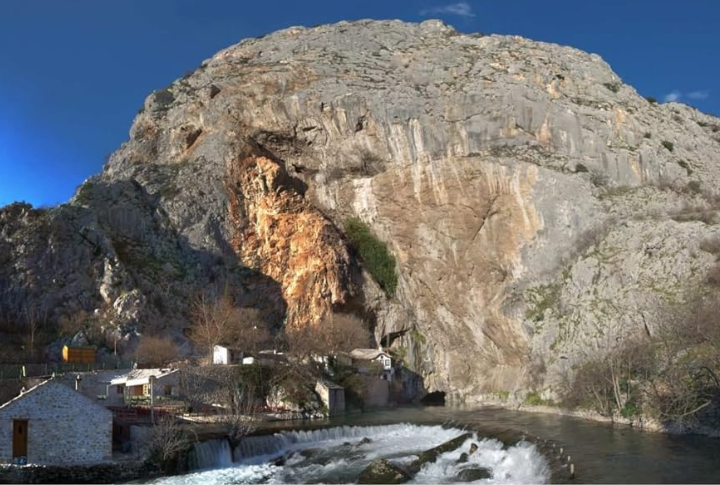
Inside these remote Yukon caves, researchers uncovered animal bones bearing tool marks and fragments of stone blades. Tests later confirmed the site dated back nearly 24,000 years. This early presence points to human life during the harshest phase of the last Ice Age.
Cactus Hill, Virginia, USA
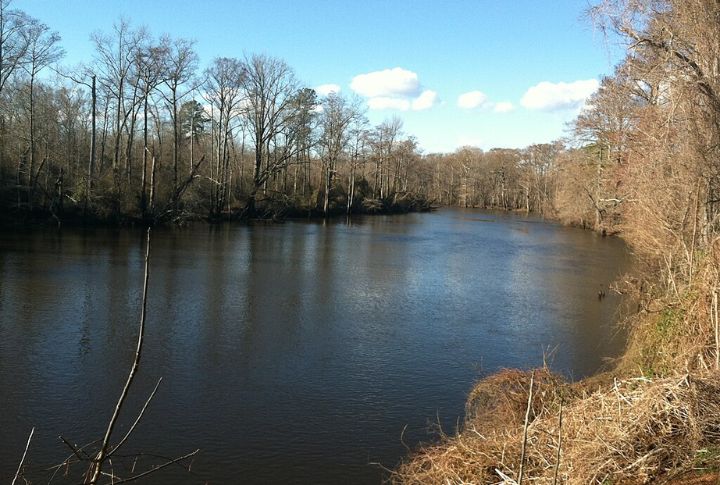
Cactus Hill in Virginia shows signs of human life stretching back as far as 20,000 years. Found alongside the Nottoway River, its early tools and burned material challenge Clovis-first theories and provide a rare glimpse into pre-Clovis settlement in eastern North America.
Debra L. Friedkin Site, Texas
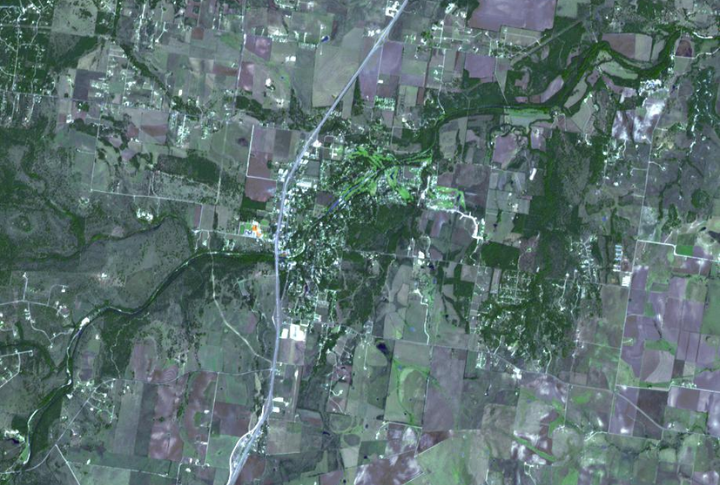
What seemed like a routine excavation uncovered stone tools buried beneath Clovis deposits. Dating revealed these artifacts to be around 15,500 years old. This evidence reveals a complex, organized human presence that predates the previously accepted timeline in North America.
Buttermilk Creek Complex, Texas
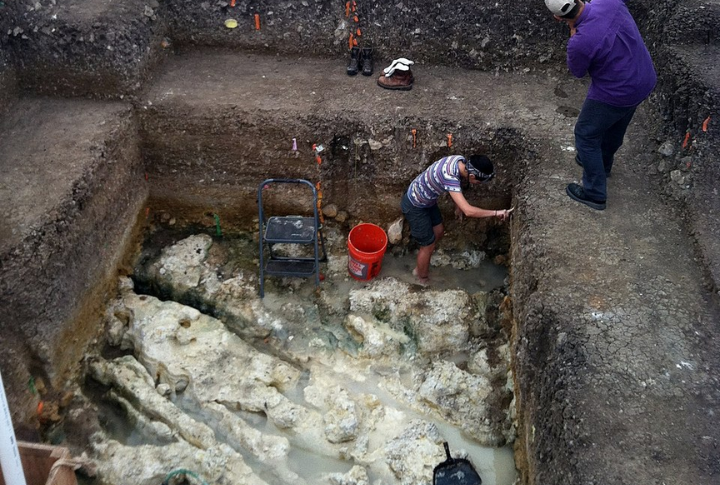
The Texas site yielded stone tools over 15,000 years old, disrupting the long-held Clovis-first narrative. Archaeologists believe these findings point to earlier human presence and indicate that regional development may have begun before widely recognized ancient cultures took root.
Cueva del Chiquihuite, Mexico
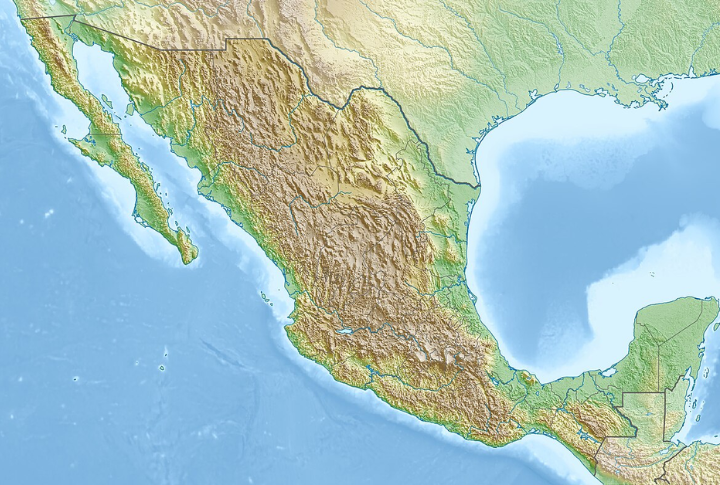
Stone tools discovered in this remote mountain cave raised new questions about early human arrival in the Americas. Their depth and context suggest long-term habitation. Radiocarbon later confirmed human activity in the region over 30,000 years ago—far earlier than previously assumed.
Schaefer And Hebior Sites, Wisconsin

Roughly 14,200 years ago, humans at the Schaefer and Hebior sites hunted mastodons and other megafauna. Found alongside stone tools, these ancient bones provide rare, early proof of pre-Clovis hunters in North America actively targeting large Ice Age animals.
Topper Site, South Carolina
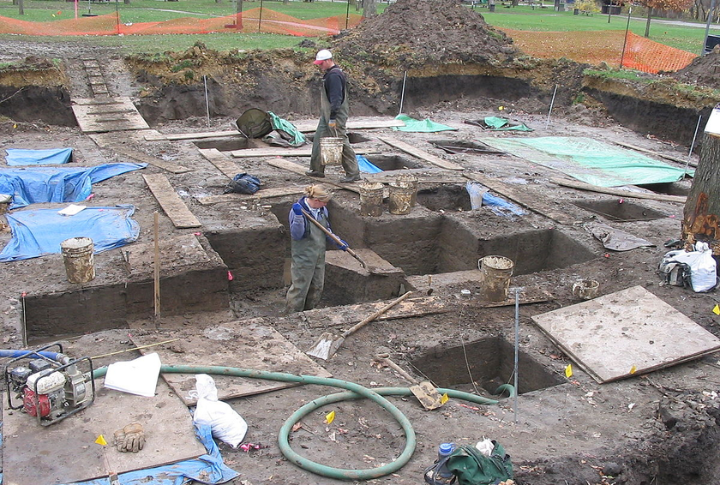
At the Topper Site, artifacts uncovered beneath Clovis layers date to roughly 16,000 years ago. These findings challenge established timelines and indicate that humans occupied the southeastern United States much earlier than once believed, reshaping our understanding of prehistoric settlement in the region.
Gault Site, Texas
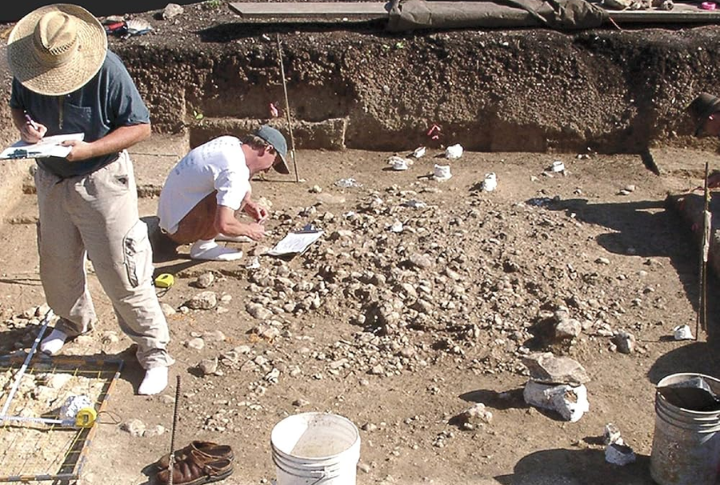
Radiocarbon testing places artifacts from Texas’s Gault Site at around 20,000 years old. The tools show advanced craftsmanship, hinting at a well-developed, long-settled community. These findings shed light on the complexity of early cultures in North America.
Page-Ladson Site, Florida
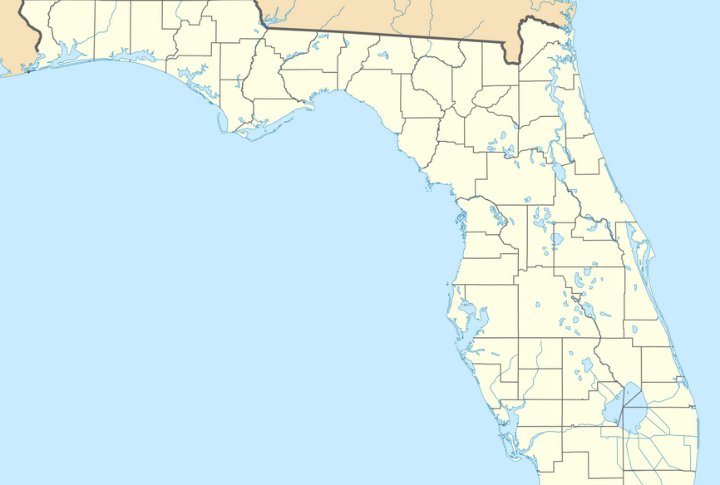
The Page-Ladson Site in Florida reveals rare underwater evidence of early human activity, including butchered mastodon bones and stone tools. Estimates place these discoveries at around 14,500 years old. This site provides a valuable glimpse into prehistoric coastal life.
Manis Mastodon Site, Washington

Radiocarbon analysis dates a weapon-pierced mastodon bone at Washington’s Manis Site to 13,800 years ago. The embedded spear point offers undeniable proof of early human hunting, well before the Clovis era. It marks a critical moment in North America’s prehistoric timeline.

